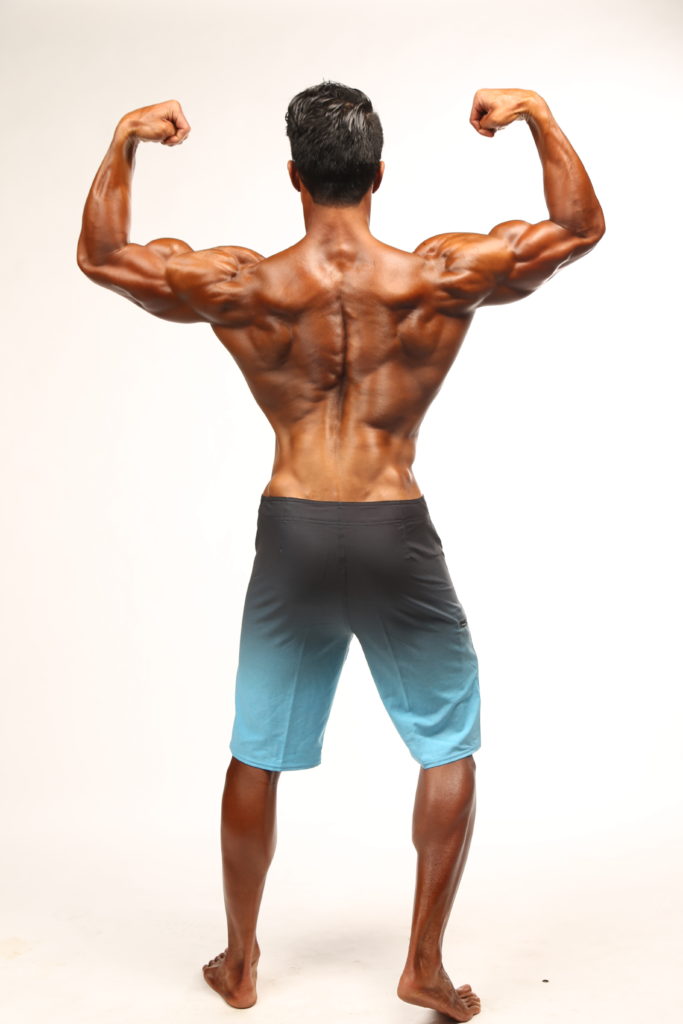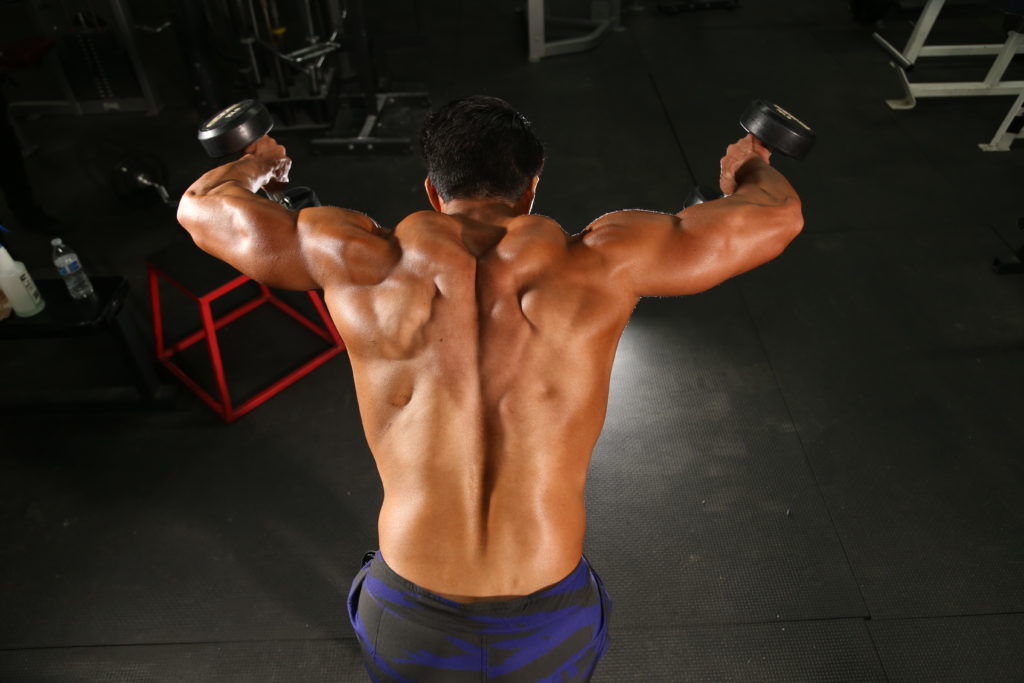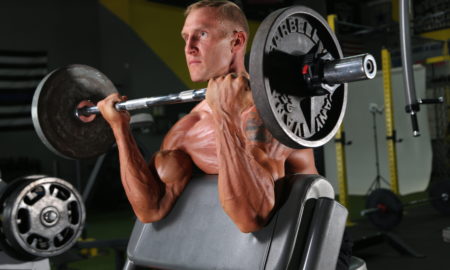

Many of you love chin-ups and barbell rows which, admittedly, are excellent for bulking up your back. But to take things a notch higher, you should try out the untapped potential of T-bar rowing. T-bar rowing stimulates your metabolism because it activates longer muscle chains in one movement. This workout can also give you tremendous gains in your back area.
But despite the promise of gains, this workout has a few downsides, as we’ll explain.
First, novice lifters run a high risk of injury if they load more weight than they can handle. Beginners may be overconfident in their lifting ability, only to face catastrophic back injuries. Building your form is the first step in avoiding injury regardless of the workout.
Second, the posture used in T-bar rowing poses a risk to your spine. Actually, this is one of the most notorious workouts that can injure the lower back if you are not careful.
So, thoroughly read on, and we’ll show you how to perform T-bar rows safely, the mistakes to avoid, some valuable tips, and more!
Which Muscles Are Worked
Just like other back workouts, the T-bar row is a potent activator of back muscles. However, the unique factor is that it is a robust compound workout important for your back and the chest, glutes, abs, thighs, and shoulders.

The primary target in this workout is the latissimus dorsi, a sizable wing-shaped muscle along the sides of your back. Its natural action is shoulder adduction and extension.
In addition, traps, a diamond-shaped muscle on the upper back is also targeted. You activate this muscle when you squeeze the shoulder blades together.
Beneath these are the major and minor rhomboids. Rhomboids are activated alongside the traps muscle when retracting the scapula.
The posterior head of the deltoid muscle is activated in the rowing motion. This muscle causes extension and external rotation of the shoulder joint.
Apart from these muscles, some supporting muscles benefit from T-bar rowing, including biceps brachii, triceps, forearms, erector spinae, glutes, hamstrings, and quadriceps, and core muscles.
Tips
For a long time, the T-bar row has been the be-all and end-all for lifters because it stimulates muscle growth and can make an impeccable back too. It isn’t a surprise that a bodybuilding connoisseur like Arnold Schwarzenegger depended on it for personal gain.
Likewise, you can use it to enhance your back. But to get optimal results, here are some tips for incorporating in your next workout:
First off, do not overload the barbell beyond what you can actually lift. Twenty-five pounds is all you need to activate your back muscles if you are just starting. Lighter also gives you room to master and improve your form.
Remember to keep a neutral back because this workout potentially strains your spine. Even though rounding the back lets you lift more weight and seem more comfortable, a hunched posture is a known cause of premature disc degeneration.
In the same line, always engage your core. Pay attention to activating your core, which plays a significant role in stabilizing your back and spine.
If you cannot effectively engage your core or work out to improve muscle strength, you should try using a weightlifting belt. The belt increases spinal stability by boosting intraabdominal pressure and giving abs a surface to contract against.
Use a narrow grip as a rule of thumb because it compels you to tuck your elbows by your sides. While a wider grip is more comfortable than having your palms closer together, it reduces the range of motion and consequently the number of muscles that get activated.
Most of all, what is your end goal? Essentially, you need to have the correct number of sets and reps. In other words, the weight you lift for each set and rep depends on your objectives. For example, 3-6 reps with heavy weights are suitable for strength training. Lifting moderate to lightweights over 6-12 reps is ideal for muscle growth. High reps and low weight is ideal for endurance training.
Common Mistakes
Some mistakes may prevent optimal muscle activation when doing the row. Here are some of them and fixes you should use:
- Flaring your elbows – Always position your elbows by your sides. Performing this workout with flared elbows changes the dynamics of the activity.
- Pulling with your biceps – Use upper back contractions to draw the bar toward your chest. If you use your biceps to pull, your back will not be activated, and your gains are not as tremendous.
- Keeping your legs straight – Only bend your knees for two main reasons. First, to improve your balance, and second, to increase the range of motion.
- Overloading the barbell – Lighter hits home. The sweet spot for many lifters is around 25-35 pounds, but advanced bodybuilders can go higher. Therefore, work with weights suitable to your form, about 25-35 pounds when starting, rather than 45-pound plates.

Going with weights that are too heavy means you will not lift the bar higher and maintain your posture.
- Flexing your wrists – Cheating in the gym is easy, especially when you get tired but still want to lift heavier weights. Even though flexing your wrists will increase your capacity to lift, you can incur devastating wrist injuries.
- Rounding your back – Most notably, always keep your spine neutral. As earlier stated, rounding the back can result in premature disc degeneration apart from a myriad of complications.
Proper Position of T-Bar Row
Many lifters recommend keeping your back parallel to the floor when it comes to proper body positioning. Even though this is the conventional position to consider, it is not ideal for your spine’s health.
As such, the recommended position is similar to the half squat position but with your torso just slightly above parallel to the floor to preserve the spine’s natural arch. However, you also don’t want to hinge your torso too far upward as this will reduce your range of motion, decreasing the effective activation of muscle compartments.
Just as important is your base of support. One area where many trainers go wrong is in the position of their feet. Primarily, your feet should be just slightly wider than shoulder-width apart to give you enough balance during the movement.
Your chest should never go beyond your toes, and your knees should be slightly bent as you straddle the bar so that when you pull it to your chest, it follows the full range of motion.
With that said, here’s how to correctly execute the T-bar row:
- Start by loading one end of a barbell with plates and fixing the opposite end to a landmine attachment.
- Step over the bar, get into a half squat position, and keep your torso almost parallel to the floor and knees bent.
- Grab the V-handle with a neutral grip. Brace your core and back as you pull the weight toward your chest.
- At the peak of the lifting phase, squeeze your shoulder blades together and slowly lower the bar until your arms are fully extended.
What Kind of Grip Is Preferred
A neutral grip is used when performing T-bar rows, meaning that palms face each other during the movement.
We prefer a neutral grip for the following reasons. The grip increases the effective range of motion, meaning that joints will travel a longer distance too. As a result, you can target your lats and traps in the lifting and lowering phase.
On top of that, you will not have to compensate by rounding your lower back, keeping you safe from injury. It also prevents damage to the shoulder joint by optimally activating muscles that stabilize the shoulder (including delts, traps, and rhomboid).
Why Use A T-Bar Attachment
One thing you need to know about the T-bar attachment is that it enhances your grip so that “things don’t go out of hand.”
Take some time to think about it – the attachment is necessary because it lets you lift more weight by making your grip comfortable.
And because you will be grasping it in a neutral position, you will have a higher capacity to stick to the proper form.
It is worth mentioning that while most gyms have dedicated T-bar attachments, there are other ways of improving your grip. For example, some weightlifters use rope attachments to offer higher flexibility at the writs.
The Bottomline
The T-bar row is a bodybuilding classic. For ages, it has been used to activate significant muscle compartments of the back for a broader and ripped physique, and this is just one of the reasons why lifters love the T-bar row.
As earlier mentioned, it is an excellent workout for wholesome back muscle activation, but it can also get other muscle compartments fired up – such as your chest, abs, lats, and quads.
If you can master the ideal technique, you can row yourself to a bigger and standout back.
It is a workout suitable for both men and women regardless of their fitness level. The only requirement is to load a barbell and fix the other end to the landmine attachment.
However, the compound range of movement can be hazardous to your spine. T-bar rowing can be dangerous, so exercise safety first, always!






















You must be logged in to post a comment Login